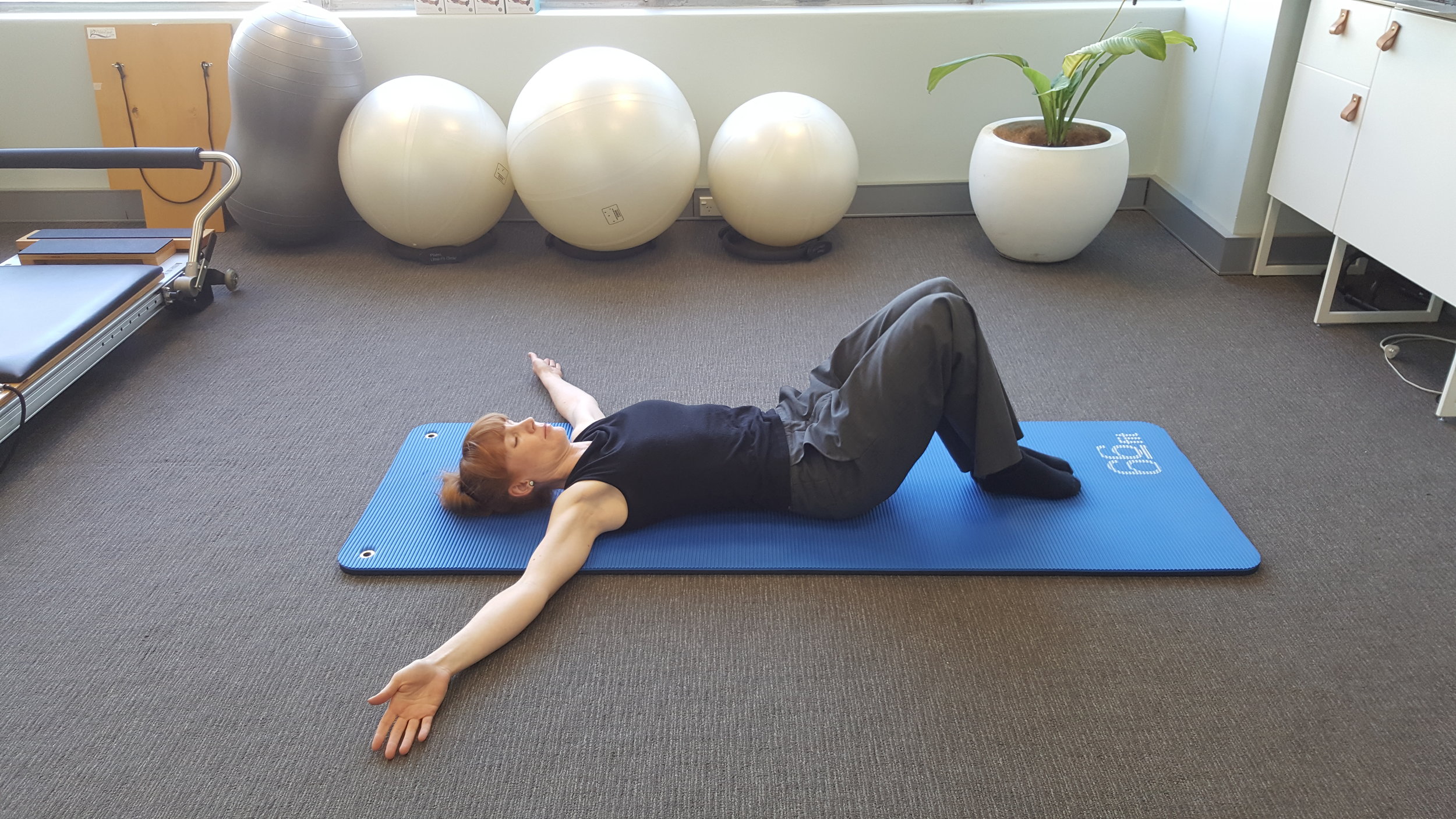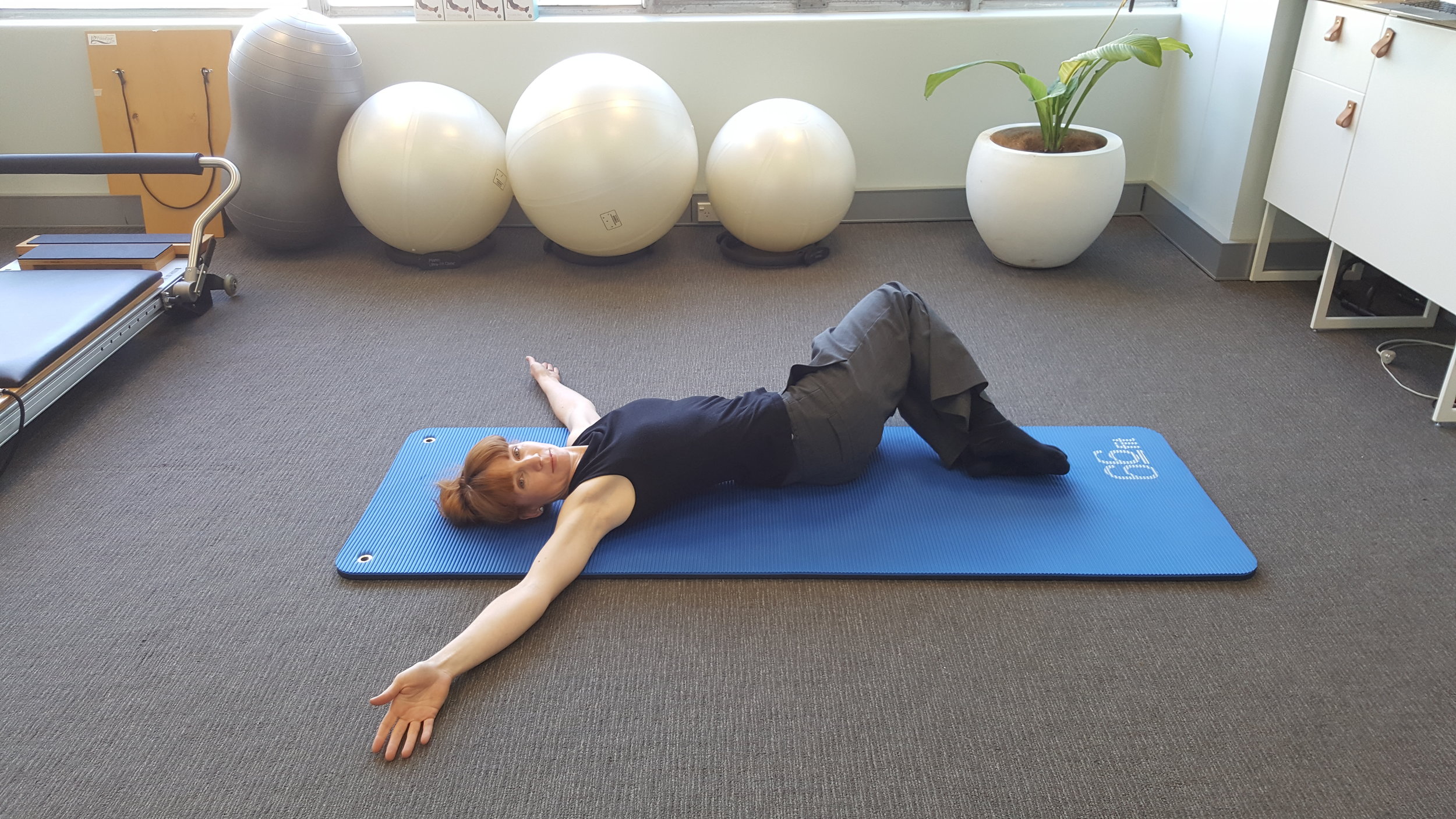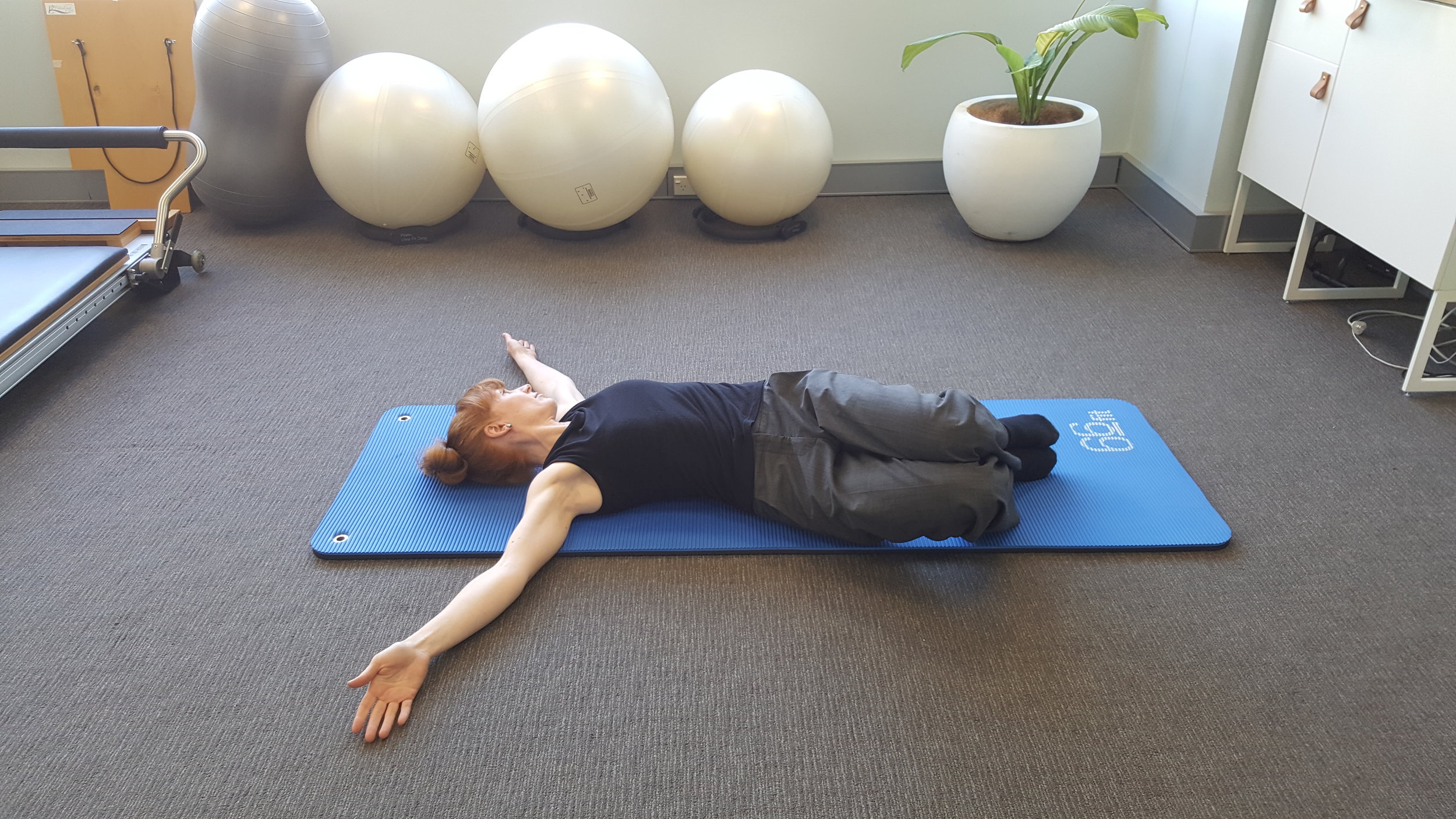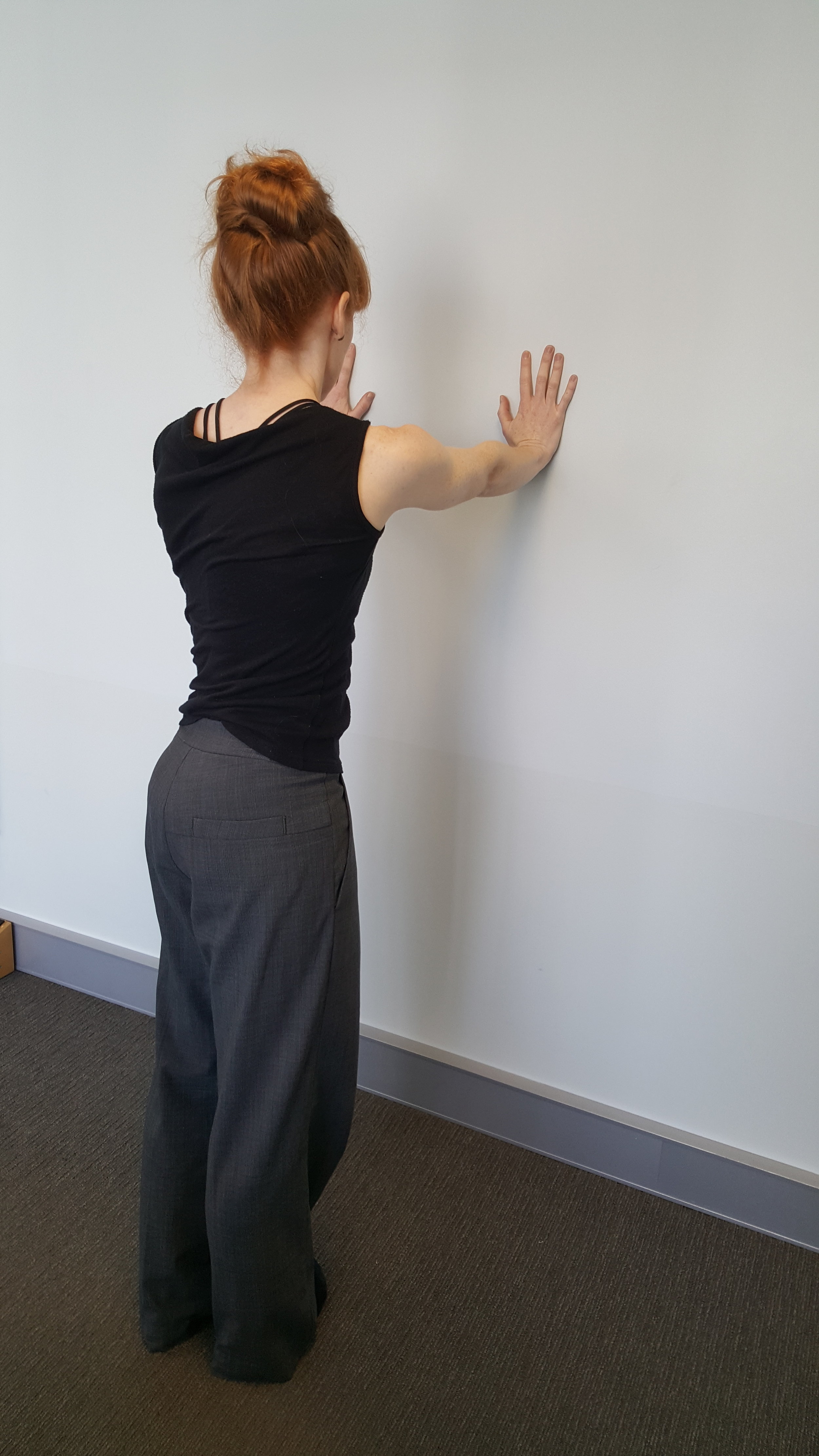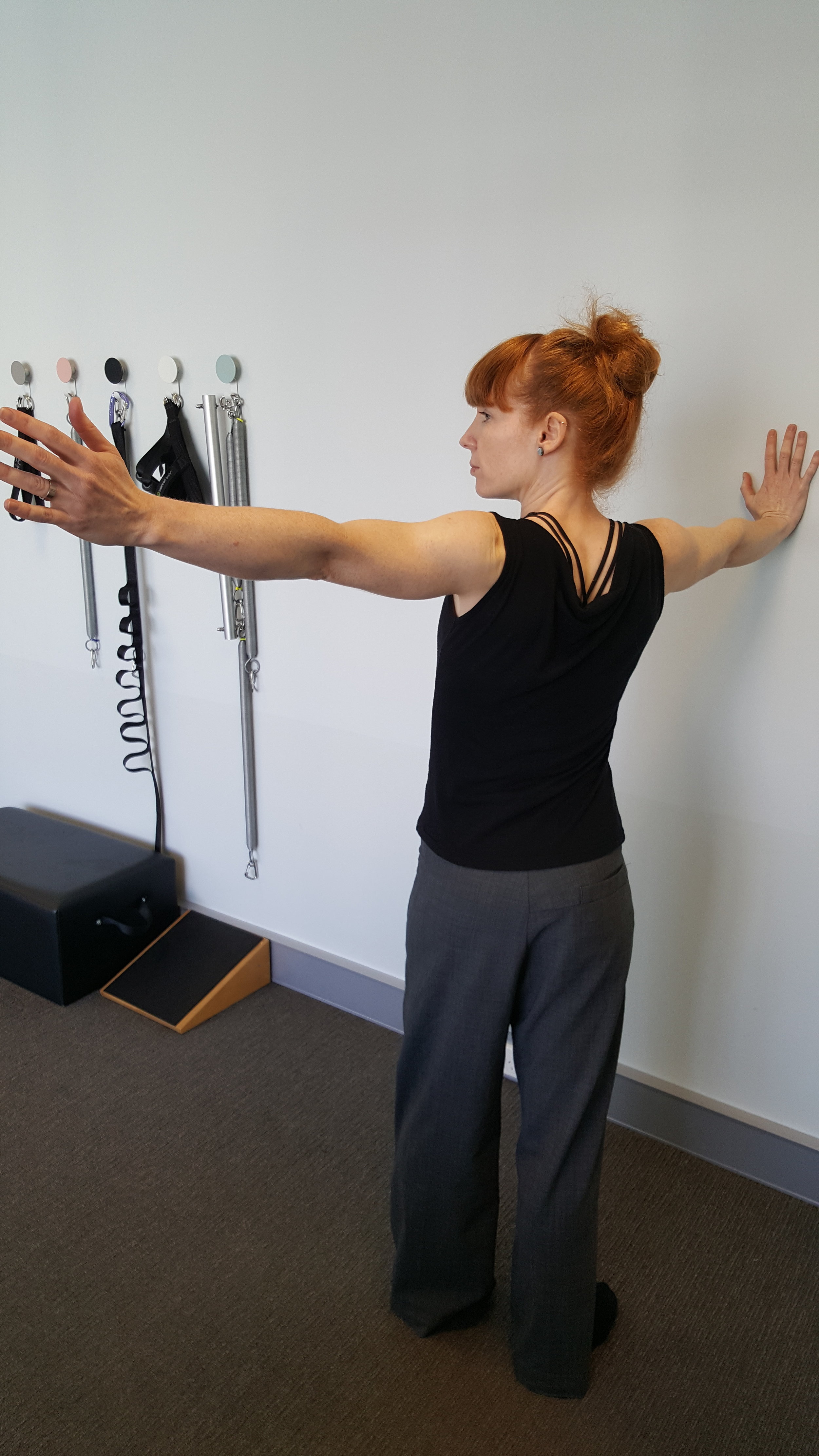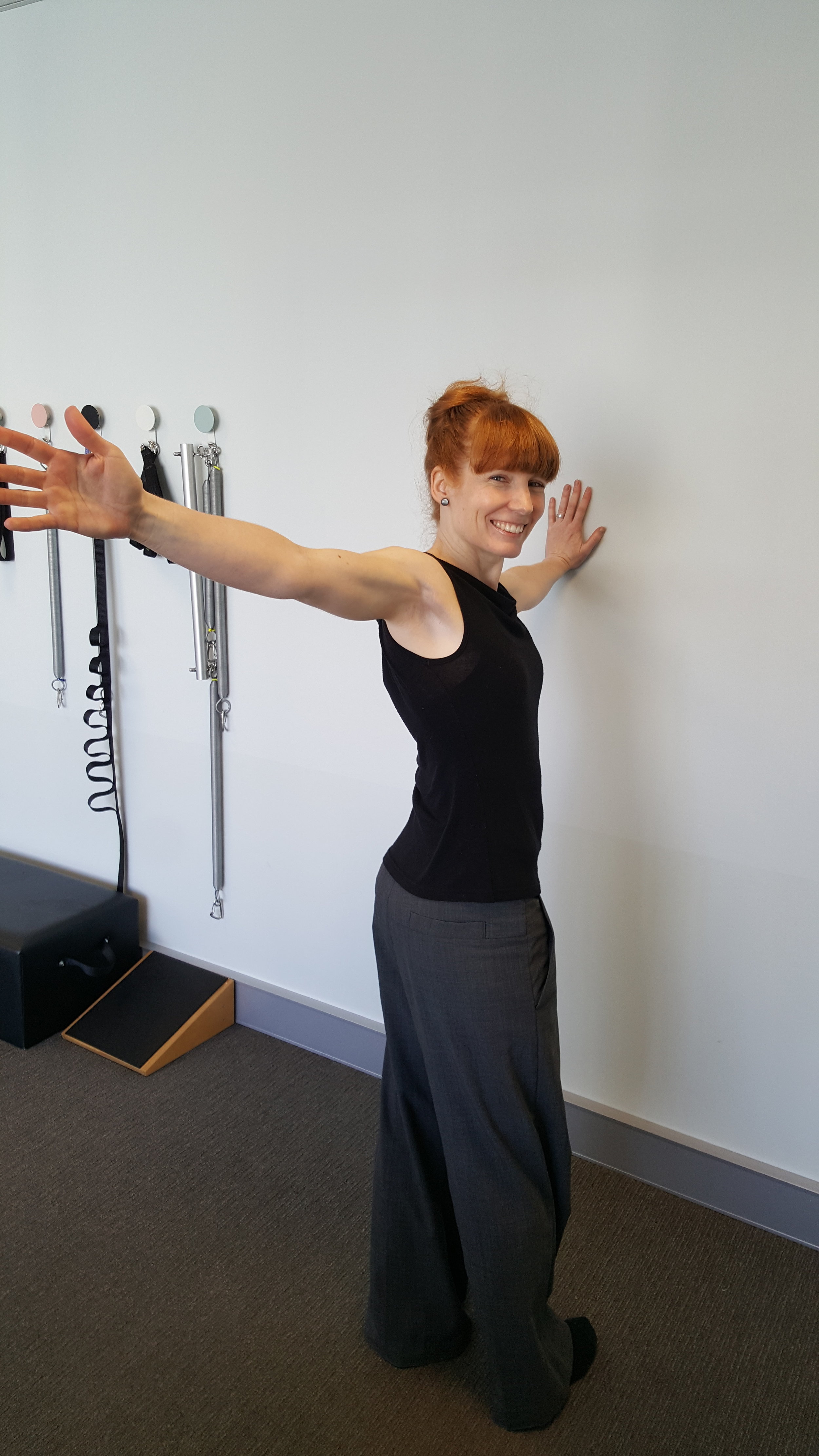You may have heard the phrase “Sitting is the new smoking”, along with “Movement is Medicine” or “Motion is Lotion”. It’s becoming more and more clear that the sedentary behavior that has become so ingrained in modern society isn’t good for us. A big part of what we do is help our clients find ways to spend less time sitting stationary to allow for faster recovery from injury or surgery.
We have known for a long time that gentle movement and physical activity is helpful for conditions like back pain and osteoarthritis. However, research has also shown that independent of physical activity, sedentary behavior has been associated with cardiovascular disease, diabetes and some cancers (1). This means that going to the gym doesn’t fully negate the effects of sitting at your desk all day. See if you can add some incidental activity into your workday; maybe you could pace the corridor whilst on the phone or do 5 squats every time you go to the printer.
A question that we are commonly asked is “what is the perfect posture?” The short answer is there is none.
A question we commonly hear is, “what’s the perfect posture”. The short answer is that there is none. Ultimately, our bodies are designed to move. The most expensive and individualised ergonomic chairs and desks won’t stop you from feeling uncomfortable if you stay in the same position for hours at a time. Pain and discomfort is often a result of the subconscious brain reminding you to stretch your muscles and lubricate your joints. Try thinking about pain as a helpful reminder that your body needs to do something different.
If you have an office job or drive long distances, try this stretch to break up periods of sitting.
de Rezende, L. F. M., Lopes, M. R., Rey-López, J. P., Matsudo, V. K. R., & do Carmo Luiz, O. (2014). Sedentary behavior and health outcomes: an overview of systematic reviews. PloS one, 9(8), e105620.




